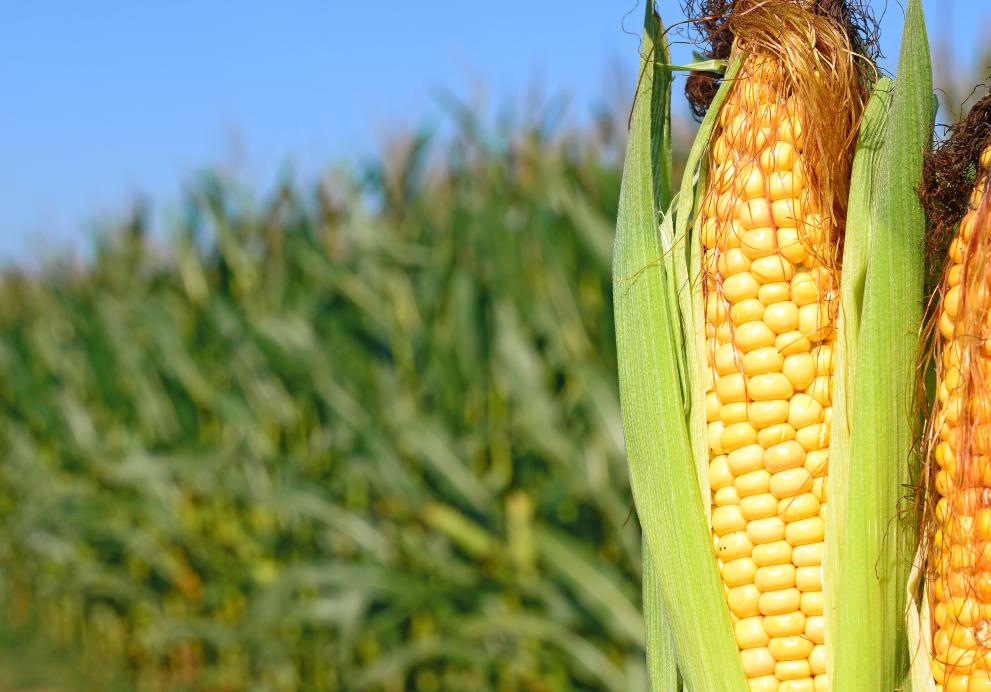
JRC scientists propose most suitable analytical approaches that can serve as reference in the quantification of genetically modified food and feed ingredients and will impact harmonisation in official food control.
According to European legislation, the content of genetically modified organisms (GMOs) in a food or feed product has to be expressed as a relative quantity linked to the DNA of the ingredient (biological species).
For instance: GM maize is quantified relative to the total maize content of a product.
Therefore, analytical methods used for GMO quantification need to measure two targets:
- one specific for the GMO
- and another one for the ingredient.
The latter is serving as reference. Knowing how many of such targets are addressed by the analytical method is essential for the correct quantification of the GMO content and for the harmonisation of measurement results across laboratories.
JRC scientists used an innovative measurement technology – droplet digital polymerase chain reaction (ddPCR). This technique is increasingly applied for GMO analysis due to its capabilities to elucidate the number of targets amplified in the genome of four crops (maize, soybean, cotton, oilseed rape) by the most popular crop-specific analytical methods.
This resulted in a short-list of a few of those methods, based on the addressed target numbers and performance characteristics, as reference approaches per crop for the relative quantification of GM events.
This work aims to facilitate the harmonisation of GMO testing, also in official EU controls.
Read more in: S. Jacchia et al.: "Identification of single target taxon-specific reference assays for the most commonly genetically transformed crops using digital droplet PCR", Food Control 93 (2018) 191-200, doi.org: 10.1016/j.foodcont.2018.06.013
Related Content
Details
- Publication date
- 3 August 2018
